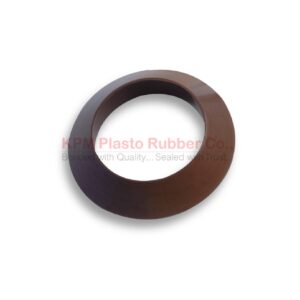Sealing washers are small yet critical components used in a variety of applications to prevent leaks. These washers create a reliable seal between surfaces, ensuring that fluids or gases do not escape. Whether in plumbing, automotive, or industrial settings, sealing washers play an essential role in maintaining system integrity and efficiency.
 The Importance of Leak Prevention
The Importance of Leak Prevention
Leaks can lead to significant problems, including environmental damage, equipment failure, and costly repairs. In industrial settings, even minor leaks can disrupt operations and lead to safety hazards. Therefore, using effective sealing solutions is paramount. Sealing washers provide a simple and efficient method to mitigate these risks.
How Sealing Washers Work
Sealing washers typically feature a rubber or elastomeric sealing surface that compresses when installed, creating a tight seal between two mating surfaces. This compression is crucial for preventing fluid or gas escape, even under varying pressure and temperature conditions. The design of the sealing washer allows it to conform to imperfections in the surfaces, ensuring a secure fit that enhances leak prevention.
Material Considerations
The effectiveness of sealing washers largely depends on the materials used in their construction. Common materials include rubber, silicone, and neoprene, each offering specific benefits. For instance, silicone washers are often preferred for high-temperature applications, while neoprene is suitable for general use due to its durability and chemical resistance. Selecting the right material for the application is essential for optimal performance.
Versatility Across Industries
KPM Rubber Sealing washers are utilized in a wide range of industries, including automotive, plumbing, and manufacturing. In automotive applications, they are used to secure bolts and prevent oil leaks. In plumbing, they are critical for faucets and valves, ensuring that water does not leak from joints. This versatility highlights their importance in maintaining system functionality across various sectors.
Installation Best Practices
To maximize the effectiveness of sealing washers, proper installation is crucial. This includes ensuring clean, smooth surfaces free from debris and corrosion. Over-tightening can also be problematic, as it may deform the washer and compromise its sealing ability. Following manufacturer guidelines and best practices can help ensure a reliable seal and prevent leaks.
Maintenance and Inspection
Regular maintenance and inspection of sealing washers are essential for long-term leak prevention. Over time, washers can degrade due to exposure to heat, chemicals, or mechanical stress. Routine checks can identify signs of wear, allowing for timely replacement before leaks occur. This proactive approach can save time and costs associated with unexpected failures.
In conclusion, sealing washers are indispensable for effective leak prevention in various applications. Their ability to create reliable seals under varying conditions makes them crucial components in many systems. By understanding their importance and implementing best practices for selection, installation, and maintenance, users can significantly enhance the integrity and efficiency of their operations. Investing in quality sealing washers not only prevents leaks but also contributes to the overall longevity and performance of machinery and systems.
Contact us to get a quote on our sealing washers product.

About The Author: Seoteam
More posts by seoteam